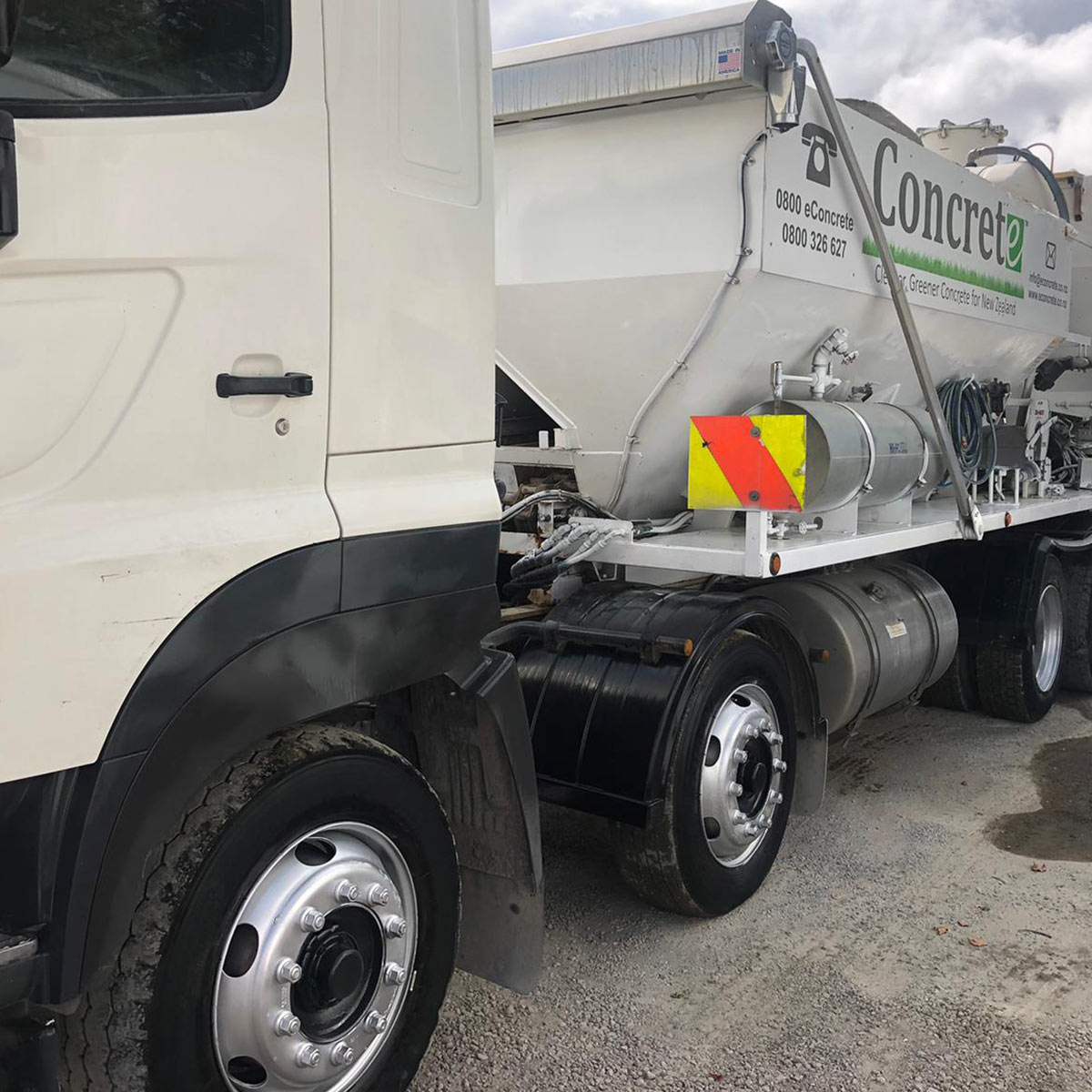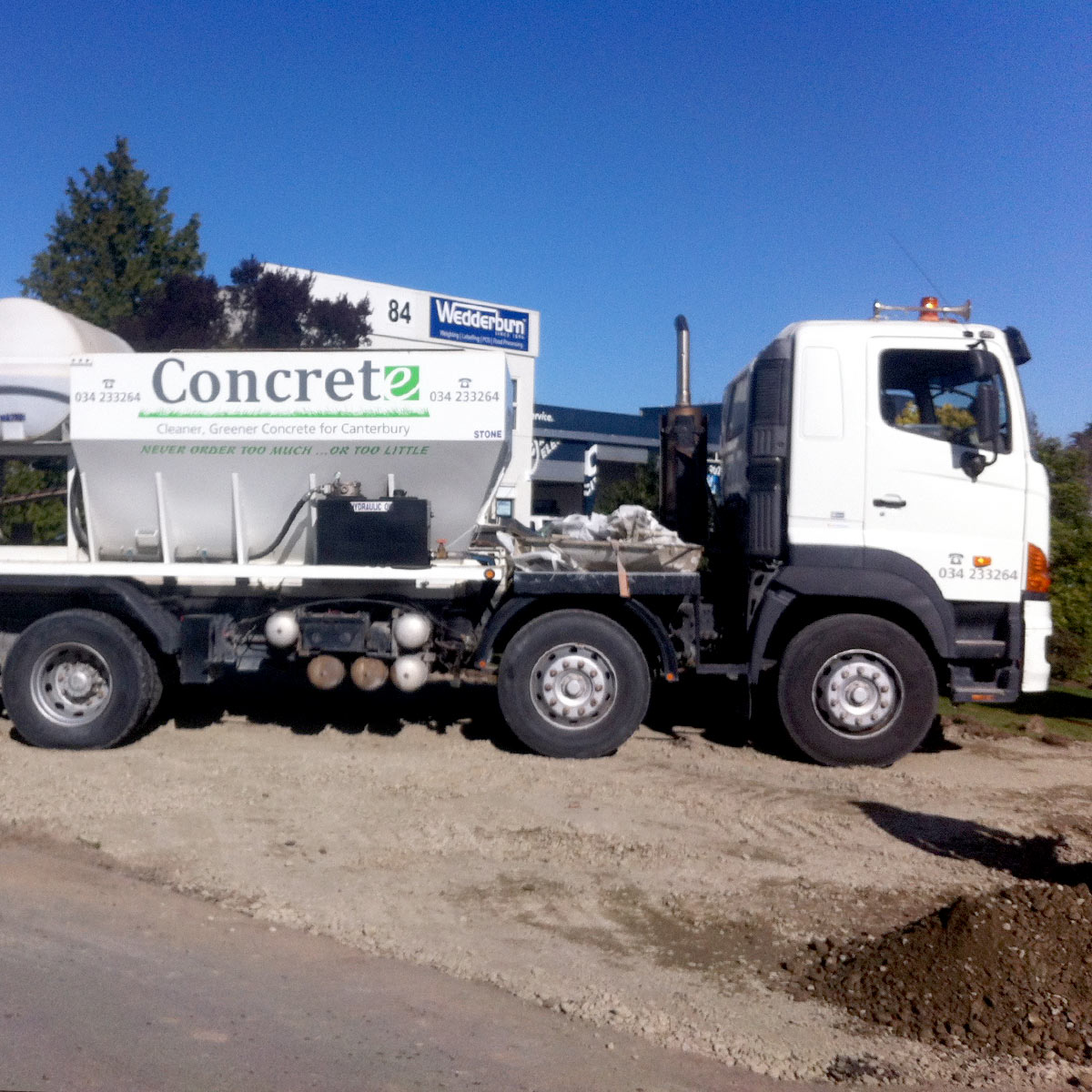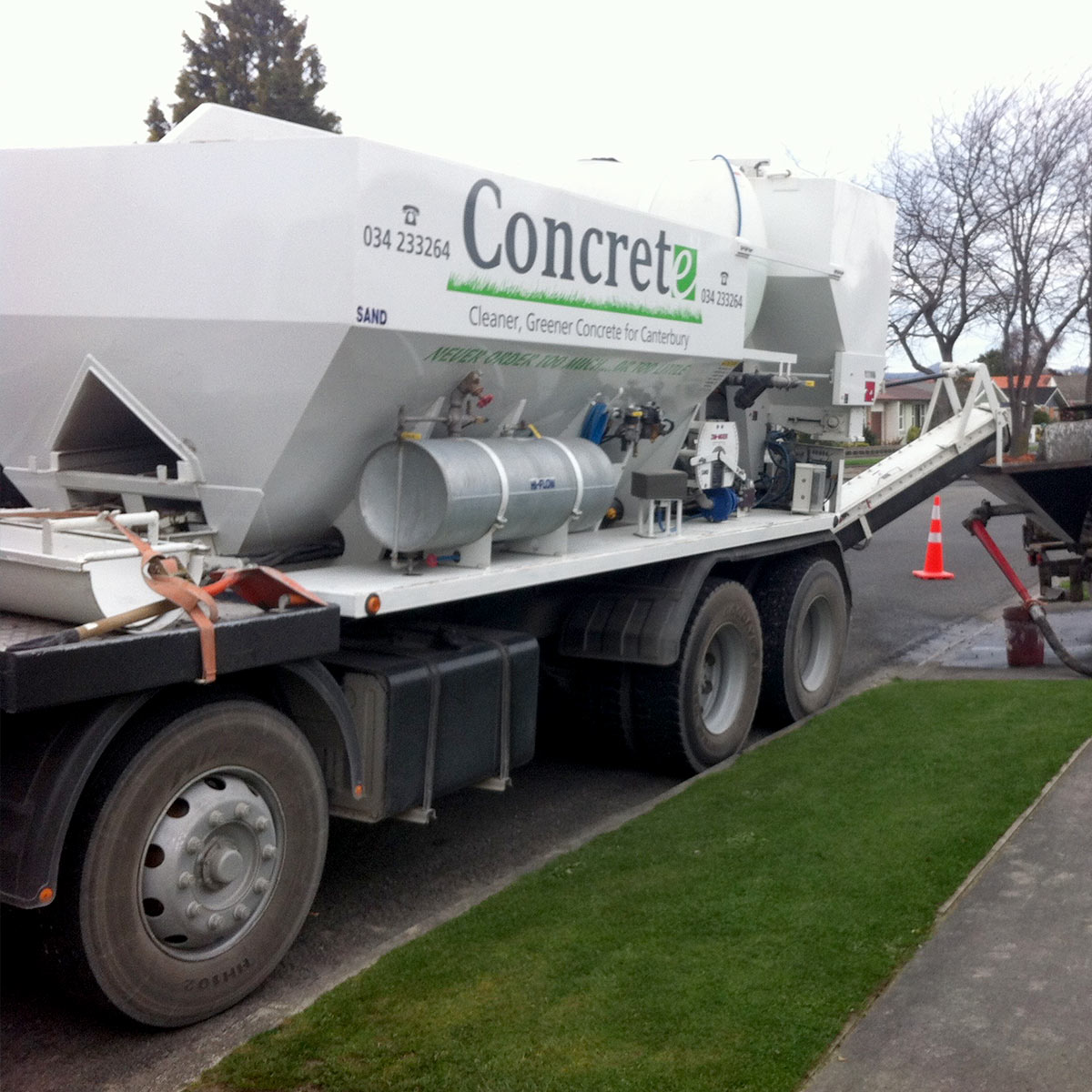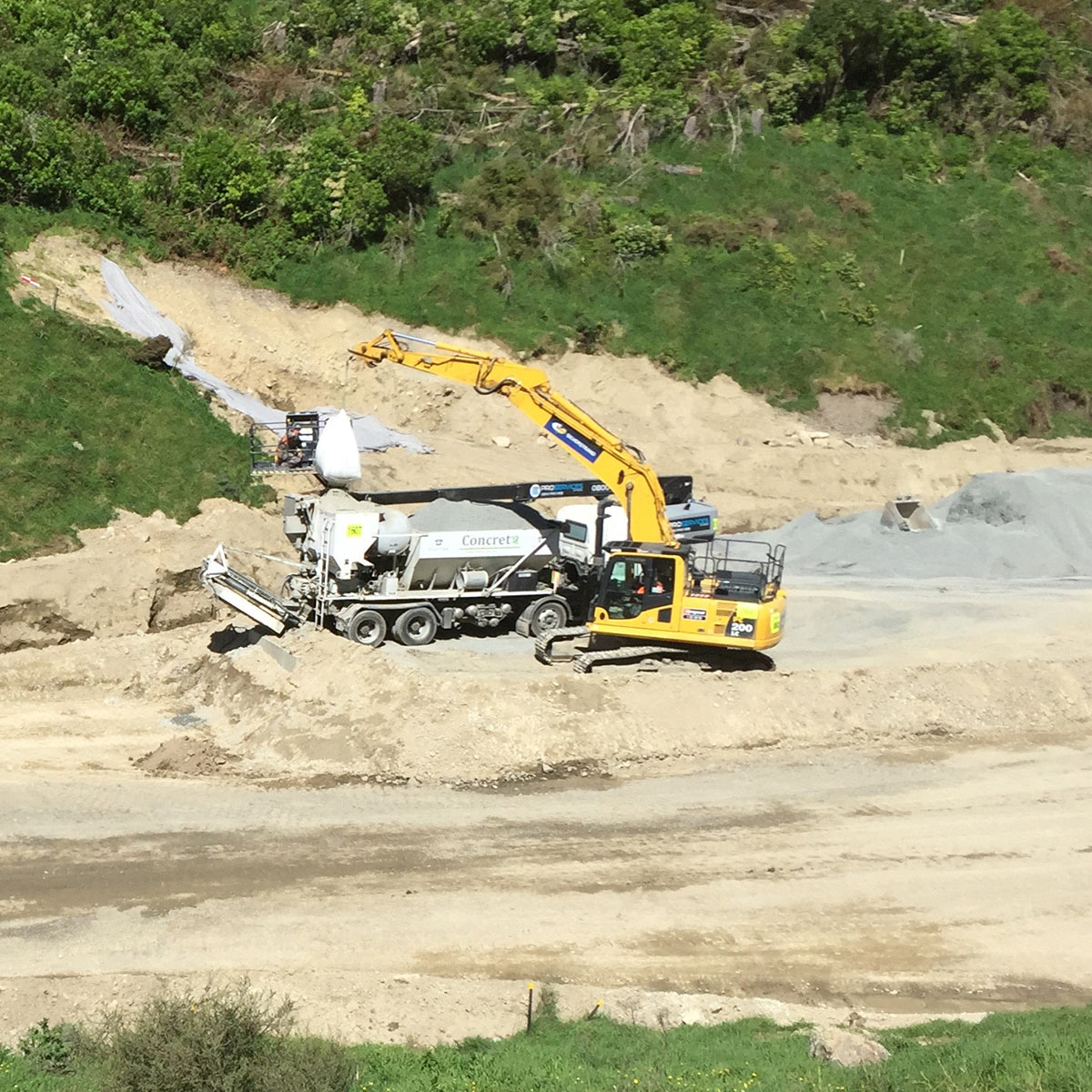Examples of the types of work we are capable of undertaking and completing are as below
Highway Repair
Highway road panel replacement
Bridge construction
Airports
Airport concrete runway panel replacement, Airport concrete taxiway repair
Bus Lane & Repair
Bus pad concrete replacement, Intersection, concrete replacement, City Street repair
Military
Concrete Launching pads,
Concrete Roads, Building pads and concrete foundations, Berthing
Remote Locations
Mountain tops Islands Ocean, marine or marina areas, shorelines, rivers, lakes (in other words, any body of water)
Example : pathway
Preparing the area.
First, decide on the height of the finished surface. Keep the concrete surface level with the lawn to make it easier for lawn mowing. Excavate the proposed site to allow for the concrete to be 75mm thick.
Be sure to allow an extra 50mm width for the thickness of the formwork. If the site is noticeably sloping, you may wish to follow the contour or put in steps to vary the levels.
If you plan a curving path, use the garden hose to establish pleasing curves then follow with formwork.
Fixing the Formwork.
Start by driving a peg at each end. Make sure the tops are level with the proposed height of the concrete. Then attach a string line to each.
The string position should indicate the side and height of the finished surface. For formwork support, drive 50x38mm pegs along this line about 500mm apart and 25mm back from the string. Take them down until their tops are slightly below the string. For curving lines, drive the pegs following the line of the garden hose for shaping. As formwork, attach 75x25mm straight battens to the pegs using 50mm nails. At the same time, hold a heavy hammer on the backside of the pegs to prevent them loosening. These boards should align with the string line. On curving paths, position two thicknesses of hardboard with pegs spaced apart as necessary.
Reinforce?
Prevent unsightly cracking by installing lightweight reinforcing mesh. Alternatively, make separation joints in the concrete approximately every 1000mm for paths. For driveways, you will require mesh and separation joints every 3000mm. In our area now more than ever, this is a recommendation.
For small jobs, it is best to embed the mesh into the wet surface of the concrete after pouring, ensuring it has approximately 25mm concrete over it but not more than 30mm. For larger jobs, rest the mesh on bar chairs spaced at 800mm apart both ways to cover the mesh 25mm. Pour the concrete after the mesh is installed.
Concrete Time!
Most pre-mixed concrete companies will calculate your quantities if you provide the measurements. When using dry bagged concrete, follow the mixing instructions on the bag. If it’s a hot day, soak the excavated area with water prior to pouring.
Pour the concrete, then screed it off with a straight edge. Smooth the finish as much as possible with the screed before using a float. Smooth the surface with the wood float, then with a steel trowel. Repeat the trowel work as the cement dries and until the surface is fairly smooth. A non-slip finish is gained by passing a soft nylon house broom across the surface. Wash the broom out immediately afterward to prevent damage. Apply an edging tool after each pass of the steel trowel and finally after the brooming.
Remove the formwork after three days. To prevent damage to edges when removing, tap the formwork from above to loosen the bond.






